Bungee Jumping
Bungee Jumping also spelled as Bungy Jumping in New Zealand and several other countries is an adventure sports where a person tied to a large elastic nylon cord and involves jumping from a tall structure that may be from a fixed object such as a bridge, building, or crane; or movable objects like helicopters, hot air balloons that has the ability to hover above the ground. And Nepal is a perfect spot for the jump as Nepal is blessed with naturally built Bungee sites.
There are three bungee jumping sites in Nepal.
The first one is in the Suspension bridge of Bhote Koshi River, The Last Resort, with a 160m drop from the bridge. Suspension Bridge in Bhote Koshi is the world’s second-highest bungee jumping site right after AJ Hackett Macau Tower in China.
And the second one is in Hemja, Pokhara, with a height of 70m from the tower.
Bhote Koshi is the upper river course of the Sun Koshi River, which is famous for Bungee Jumping, Rafting, and Kayaking.
As you walk towards the jumping arena, your heart starts to bead faster and faster. And as you reach the arena, the instructor says, “Don’t look down,” but you intend to take a glance and “No, No, No.” This is the first reaction and a real Bungee Jumping experience of every person who dares challenges.
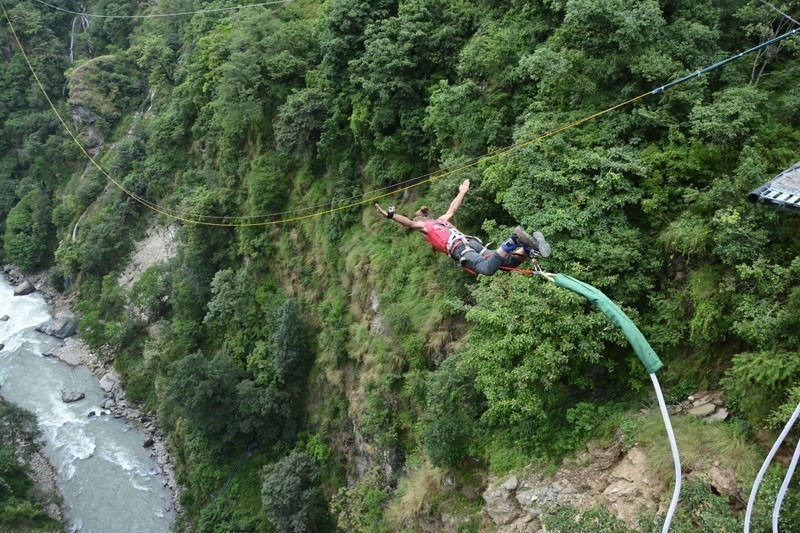
Bhote Koshi, The Last Resort

Hemja, Pokhara
Equipment Used in Bungee Jumping
The main equipment in bungee jumping is the rope/cord and the harness. The elastic rope is made up of a special type of wires that consists of many layers of latex standard cords woven tightly together, which is covered with a tough outer layer. One end of the cord is safely attached to the jump platform, while the other end is attached to the harness. Harness used in bungee jumping is of two types, leg harness, and the body harness. The leg harness is joined to the cord, while body harness is a backup of the ankle attachment that is there for a safety purpose.
Bungee Jumping Tips
Eligibility for Bungee Jumping
Clients’ Feedback
Related Activities
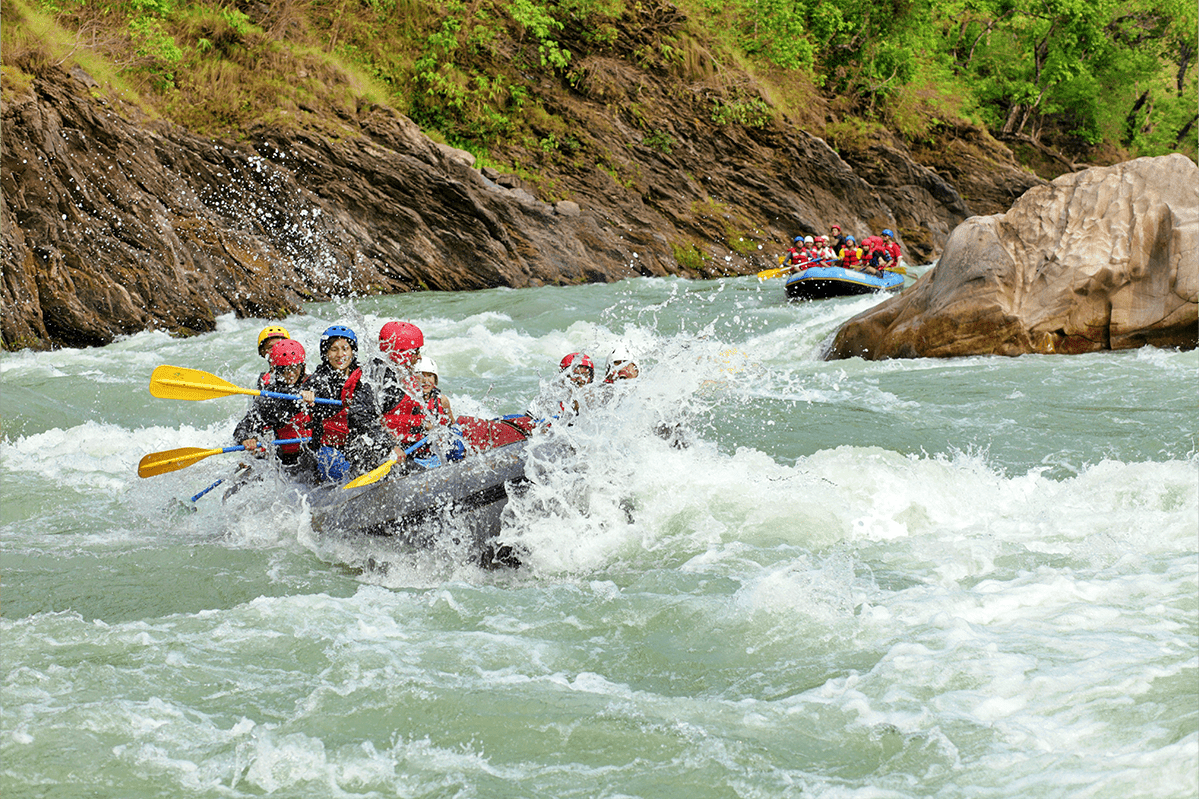
Rafting
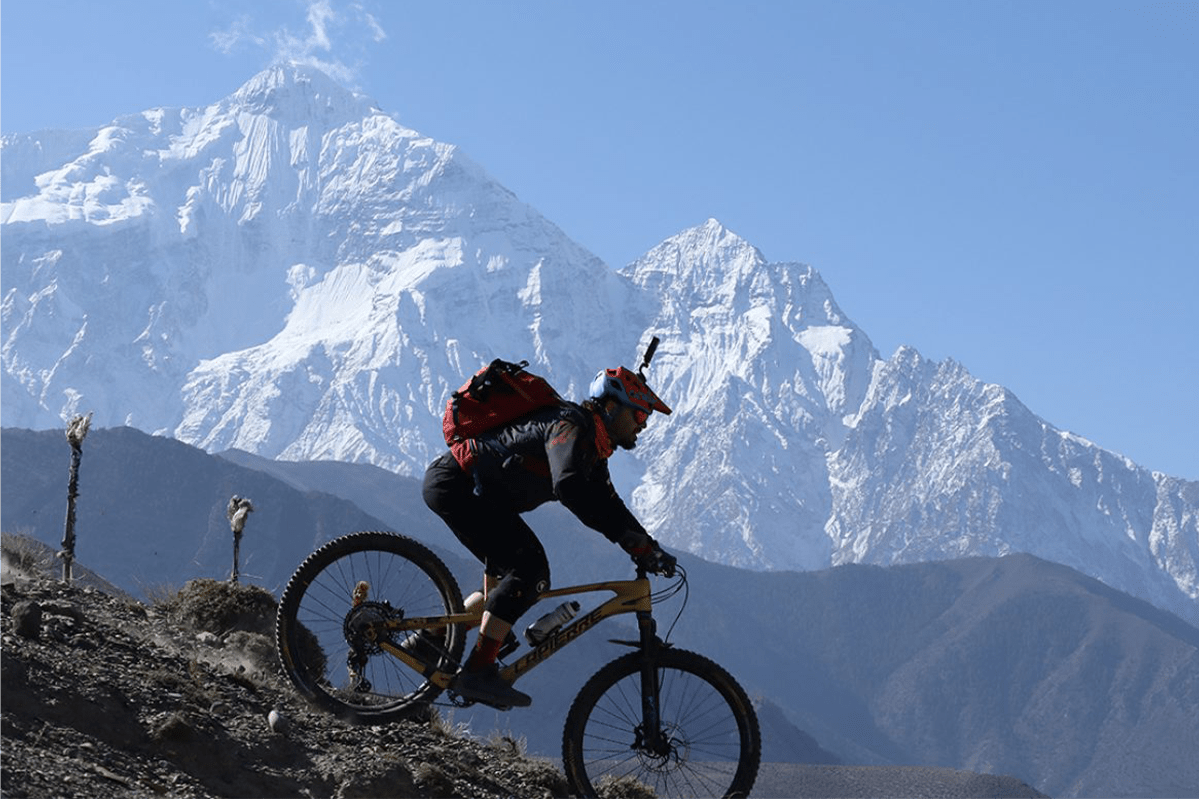
Cycling
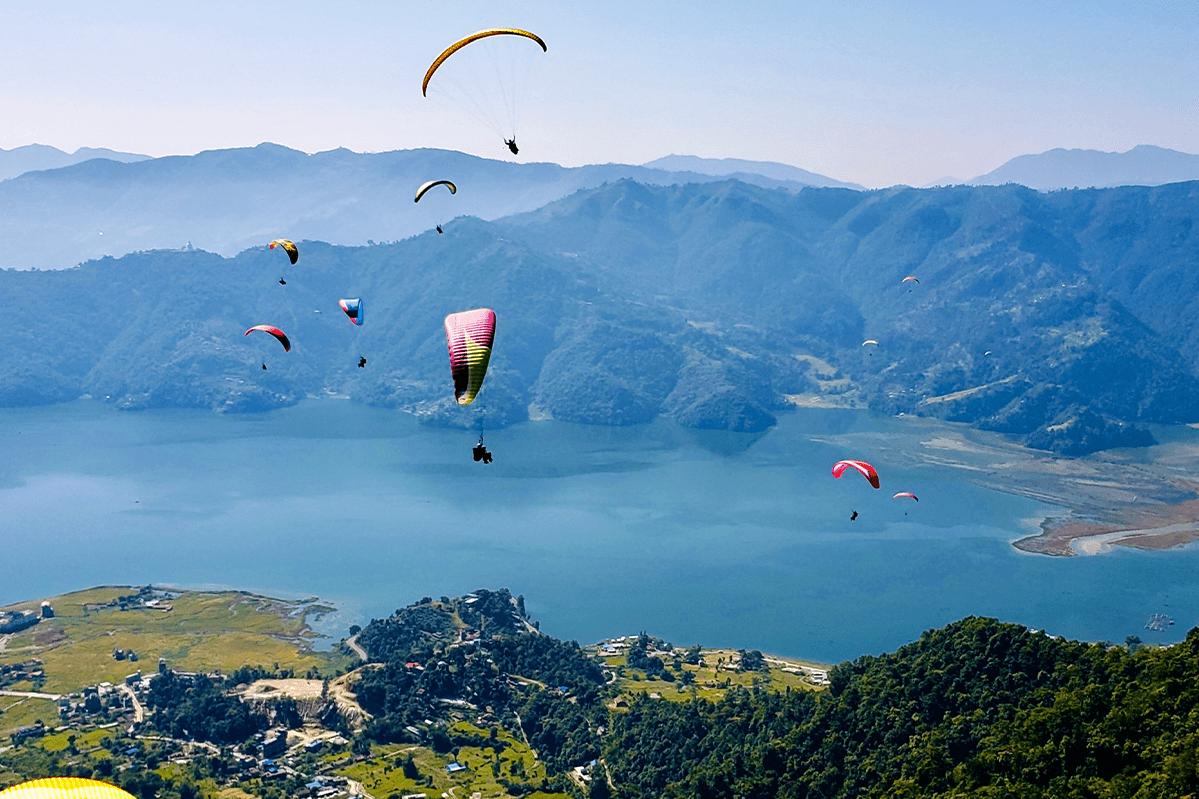
Paragliding
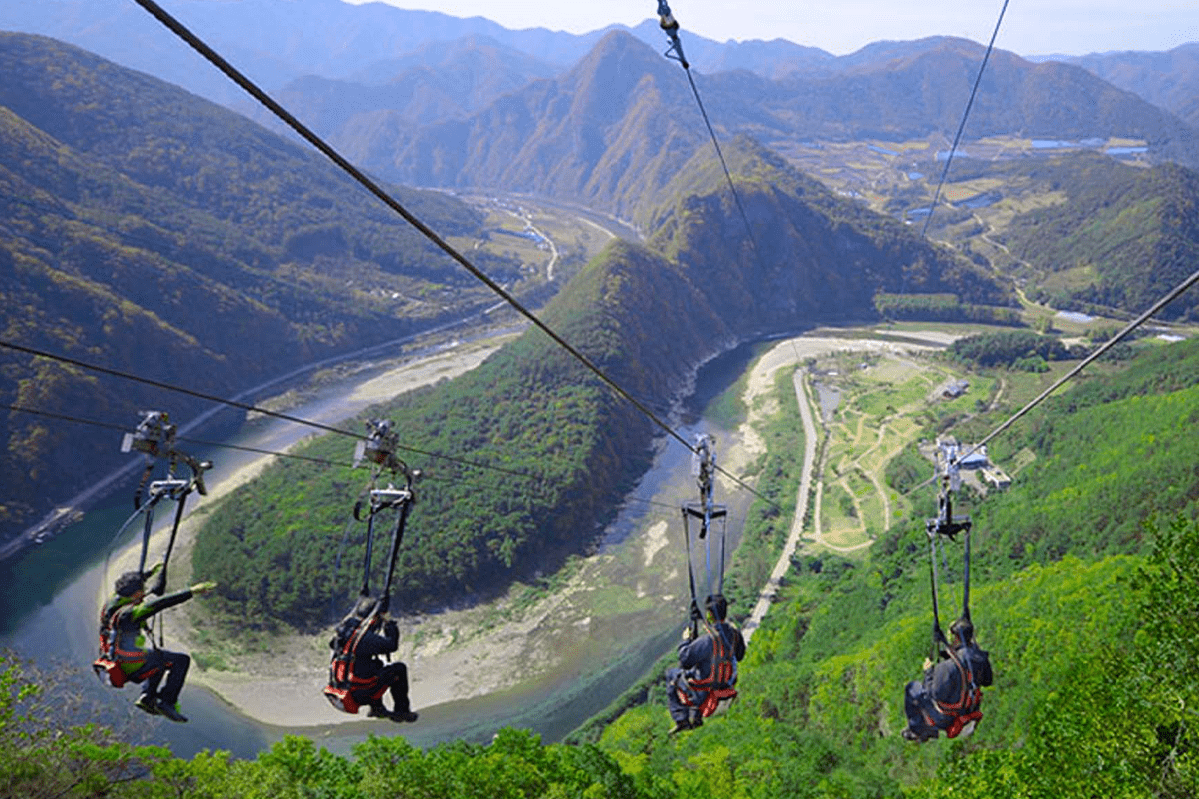
ZipFlyer
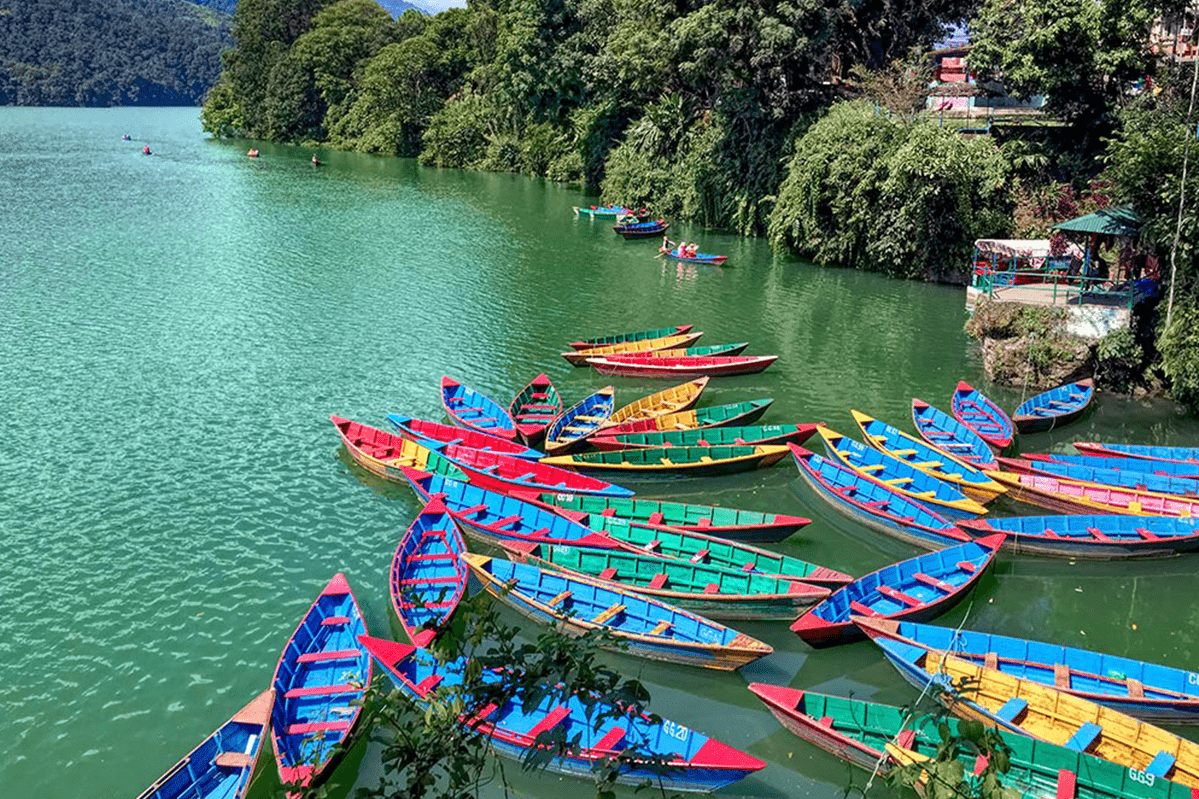
Canoeing
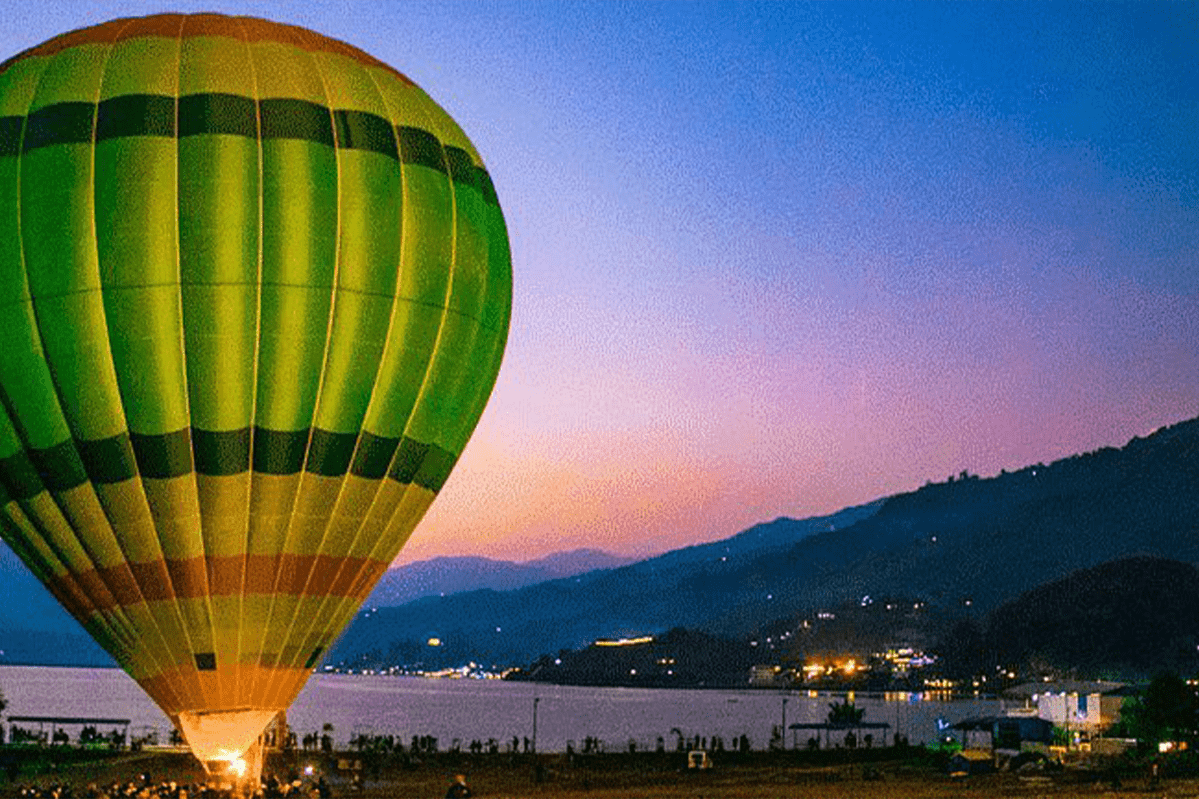
Hot Air Balloon
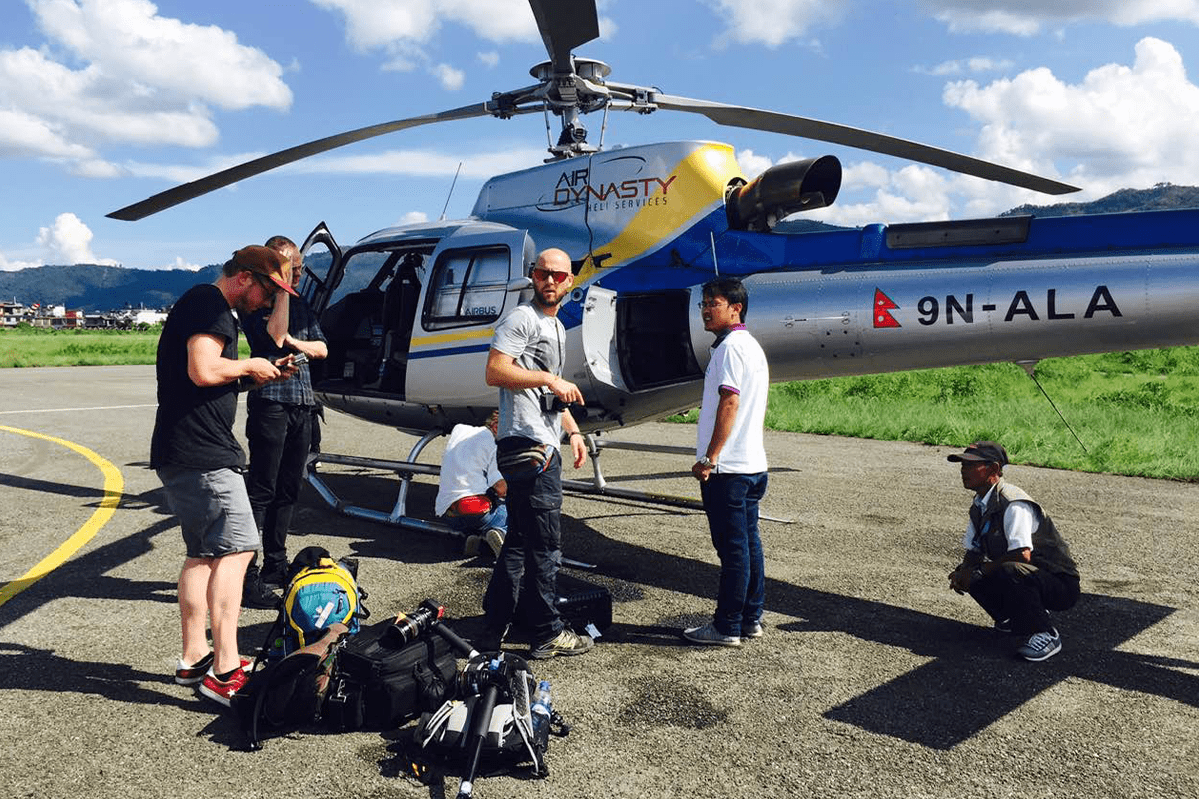
Heli Tour
